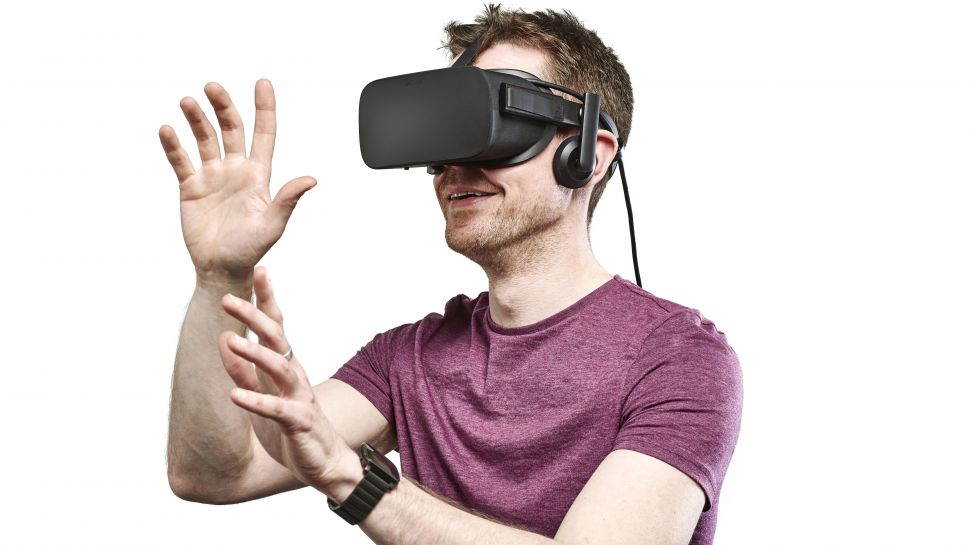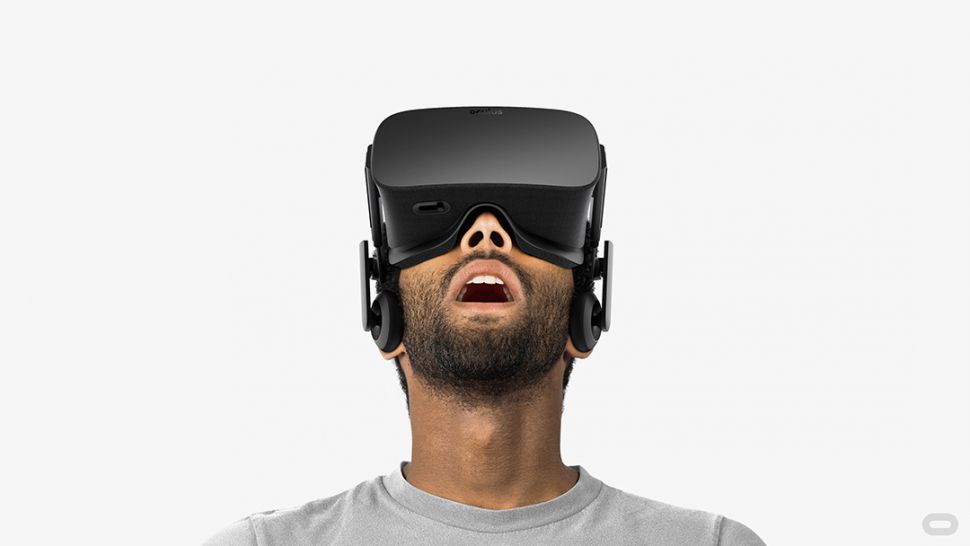How VR needs to evolve before it can really be for everyone
Truly losing yourself in a VR world isn’t possible yet, but it’s not far off
Headsets need to be cheaper (somehow)
It’s the same old question when it comes to new, premium tech: how can we make it more affordable and accessible? It doesn’t take an industry expert to realise there’s a chicken and egg situation here. Make the tech affordable and you’ll scrimp on performance; keep it high-end and expensive and you’re excluding lots of people.
But most of the experts we spoke to agree that more entry-level offerings could change the state of the industry within the next few months.
Samantha Kingston, Client Director at Virtual Umbrella, explained: “Mobile VR has made massive leaps in consumer adoption up until this point. We are now starting to see a shift in pricing for headsets, and with the Google DayDream View launch, mobile VR will really help lead the way in allowing VR to be accessible.”
But there are concerns that making the tech too cheap could also dissuade people. “The real danger is getting a cheap headset that offers a limited VR experience and potentially putting users off the idea as a whole, meaning the wider adoption is damaged," say Sam Watts of Make Real.
“That’s not to say there aren’t some fantastic experiences available for mobile VR devices and it currently has the largest installed user base, with Samsung claiming to have over 1 million CCU (concurrent users) across the Gear VR ecosystem as a whole.”
People need to get over being weird about VR, and brands need to change perceptions
As a tech journalist I see a VR headset and immediately grab it, so it’s easy to get trapped in a bubble and forget that a lot of the public aren’t so keen on strapping a big piece of tech to their faces.
Based on her experience at big tech events, Samantha Kingston, told us: “A small percentage of the public are put off by trying out the headsets. A lot of the online footage of VR is people on virtual rollercoasters falling over, or people making faces or taking selfies in front of people who are trying out demos.
Get daily insight, inspiration and deals in your inbox
Sign up for breaking news, reviews, opinion, top tech deals, and more.
“At events I've even had people say ‘I would try it but won’t I look stupid?’. For us working in the industry it’s not something we think about, because we use headsets every day – well I do – for work. I think that as a community we need to work on this area and remove this stigma.”
The answer here is for brands to remember that seeing a video of a VR headset isn’t going to convince cash-strapped consumers to buy it. Instead, they need to do more to change perceptions, and actually show people what they’re missing out on.

Sam Watts adds: “Shops need to have demo stations set up that potential and interested customers can try out. As the old saying goes, you have to try it to get it.
“You can’t convincingly convey the sense of awe and amazement that VR offers through a video or a presentation, or by looking at a series of screenshots from an experience; you have to get strapped in and try it out for yourself to understand what it’s like to have your visual and aural senses taken over and transported to virtual worlds.
“Recent examples like GAME charging customers for a 10/20/30 minute demo isn’t the way forward either.” A better solution would be for VR arcades to be set up, so that people can experience the tech in their own time without paying a fortune for the privilege.
There’s also a lot to be said about perceptions and design. Watts says that in his experience sleeker, white headsets are considered more appealing that the darker options from Oculus Rift and HTC Vive.
The hardware needs to be more usable
It’s obvious that years of development have gone into the design of the VR headsets currently on the market. But that doesn’t stop users from being put off by the size, and by some of the logistics – like tethered headsets.
Watts says: “Looking at early development units of Oculus compared to the final retail units shows a clear reduction in size and balancing of weight, whilst increasing the specifications and capabilities.
“Whilst VR requires a screen over 5.5” to give a wide enough field of view to allow a level of immersion, the physics of placing this a set distance from a user’s eyes will hinder the process of making headsets smaller."
You can’t convey the sense of awe VR offers through a video or a presentation … you have to get strapped in and try it out for yourself
Sam Watts, Make Real
There’s a catch 22 here in that smaller headsets that are closer to our faces are likely to exacerbate motion sickness symptoms. So the answer here may not be to focus so much on moulding designs to better fit into user’s lives, but instead change people's perceptions – if you want optimal performance without feeling nauseous, this is what you need.
Unfortunately regular consumers aren’t fed any of these messages yet. Instead the headsets look big, silly and a bit unnecessary.
VR companies need to better understand user behaviour
While accessibility and affordability are huge factors, it’s a better understanding of what people want from VR that’s going to have the biggest impact.
Whether we’re talking about motion sickness, the female experience, consumer behaviour or user journeys, there’s a clear need to invest heavily in understanding how people will use VR. Not only because constant innovation is important, but because the space is just so darn new.
“Do we even know what the consumer wants yet?" asks Samantha Kingston of Virtual Umbrella. "Yes, there are some fantastic games and experiences already available, but does the ‘new’ VR consumer want the content already out there, or do they want to play console games that they already own in VR?”

Right now tech companies are making assumptions about what people really want. But an understanding of how people behave and what they’re after is crucial. And it's not simple a case of 'Do people want games and movies?'; it’s a more nuanced look at how VR fits into our lives.
“Right now, there isn't really an obvious time in the day for VR use," says Catherine Allen. "There is no clear template of behaviour for our audiences. We need to co-create with our users to navigate the answers to one, as I don't know if anyone in the industry has the answers here.
“Is VR something users do to relax, in the evenings? Is it a weekend activity, for a Saturday evening, when you get your friends round with some beers? Or is doing VR just something that just weaves into every part of daily life?"
This focus would hopefully create a feedback loop as consumer demands grow, and if companies invest time and energy into this kind of understanding they could go far. If, on the other hand, they rush to market in an attempt to impress, there’s a good chance your VR headset may have only made it out of the box a few times by the time Christmas 2017 rolls around.
Becca is a contributor to TechRadar, a freelance journalist and author. She’s been writing about consumer tech and popular science for more than ten years, covering all kinds of topics, including why robots have eyes and whether we’ll experience the overview effect one day. She’s particularly interested in VR/AR, wearables, digital health, space tech and chatting to experts and academics about the future. She’s contributed to TechRadar, T3, Wired, New Scientist, The Guardian, Inverse and many more. Her first book, Screen Time, came out in January 2021 with Bonnier Books. She loves science-fiction, brutalist architecture, and spending too much time floating through space in virtual reality.
